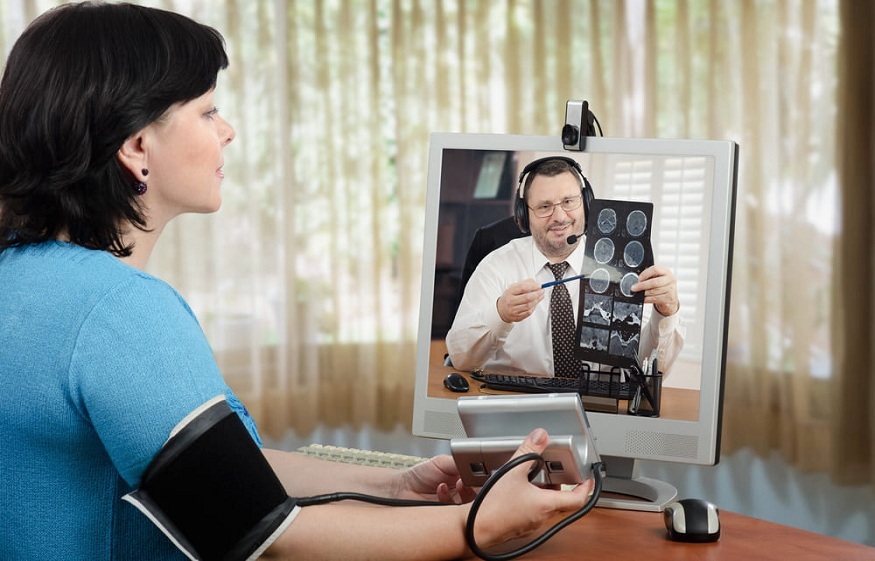Top 2 Barriers to Telemedicine Adoption: Providers and Patients
Two years of dealing with coronavirus and its variants have taught us some important lessons about how healthcare delivery works in this country. It has shed light on telemedicine solutions as an alternative way to deliver some services. Strangely, two years of pandemic medicine have also revealed the top two barriers to widespread telemedicine adoption: providers and patients.
This is by no means intended as an insult to healthcare professionals and the patients they serve. Rather, it is simply to illustrate a point that we generally accept in most other areas. The point being that, when you combine technology with human interaction, humans tend to be the weak link.
From a technological standpoint, there is nothing wrong with modern telemedicine solutions. Technology can do amazing things. For example, CSI Health manufactures telemedicine kiosks with state-of-the-art diagnostic capabilities. Their kiosks are packed with technological capabilities. The challenge comes into play when human beings try to learn how to use the kiosks.
Technology for Healthcare Providers
Healthcare is an industry that has long struggled to keep pace with technology, at least in terms of administration and routine healthcare delivery. Developing and utilizing complex diagnostic technology has been pretty successful. That is why we have things like MRI and sonography. But when it comes to applying technology to something as simple as record-keeping, things haven’t worked out so well.
The same basic principles apply to telemedicine solutions intended to facilitate a relationship between provider and patient. It is not because the technology is incapable of meeting provider needs. It’s that software and hardware have to be learned. Healthcare providers do not necessarily have the time or energy to put into learning something else. They already have full plates.
If you are a doctor with a full schedule of patients during the course of a day, you barely have time to breathe. When do you have time to learn how to use a telemedicine platform? It would be one thing if telemedicine solutions were as easy to use as smartphones. But they aren’t. There is a learning curve involved. Learning takes time.
Telemedicine for Patients
Likewise, modern telemedicine solutions can be difficult for patients to grasp. Older patients whose use of technology is already limited, may struggle to sit down at a medical kiosk and interact with both it and a remotely located healthcare provider. Some older Americans would be too intimidated to even try.
On the other end of the spectrum are those patients whose only access to the internet is a smartphone. They have no experience working with desktop computers, tablets, and the like. Here is the challenge: where smartphones are designed to be as simple and user-friendly as possible, computers and tablets require a little more interaction. Patients who have never used such devices may struggle with telemedicine solutions.
Training Is the Solution
Despite technology being so integral to so much of modern life, telemedicine struggles to take its place in mainstream healthcare delivery because people don’t know how to use it. Thankfully, this is a problem that is overcome with training. Yes, training takes time and effort. But the payoff is worth it.
Giving healthcare providers two weeks away from the office in order to learn telemedicine technology through hands-on training would help a great deal. Hospitals and doctors’ offices then turning around and providing free training to patients would pay off in huge dividends.
Human beings are the biggest barrier to mainstream telemedicine adoption. That will change over time. As more people learn how to use the technology, it will gradually become second nature.



